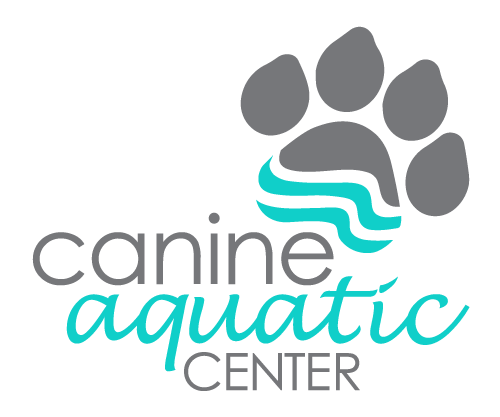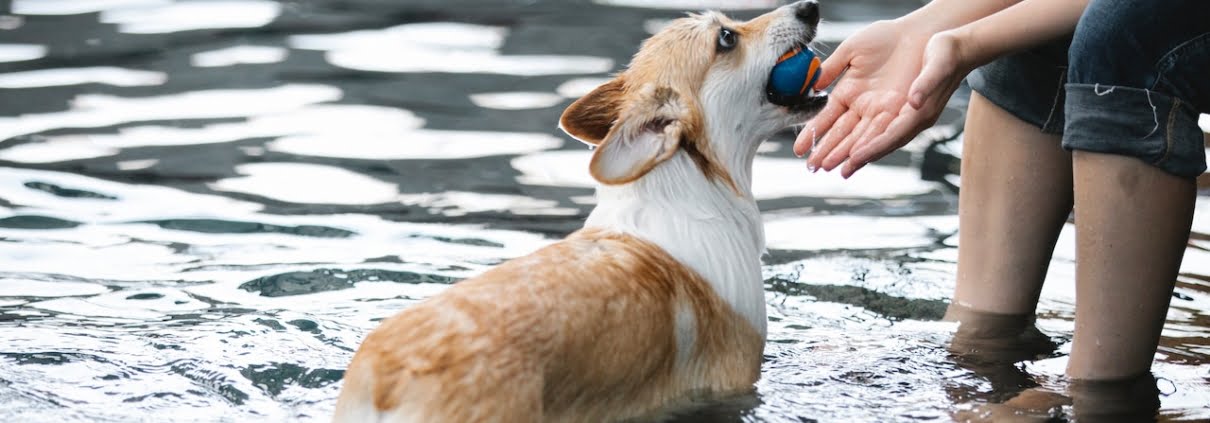How to Prepare Your Dog for Aquatic Therapy and What to Expect During a Session
Have you ever heard of aquatic therapy for dogs? It’s a unique form of physical therapy that can help dogs recover from injuries or surgeries. But how do you prepare your dog for such therapy, and what can you expect during a session?
Aquatic therapy for dogs involves the use of water to provide low-impact exercise and rehabilitation. It’s particularly effective for dogs with joint problems or those recovering from surgery. However, not all dogs are comfortable with water, and it’s essential to prepare them before the therapy session.
If you are considering hydrotherapy for your dog, it’s important to know how to prepare your furry friend for the experience. This article will guide you through the steps you need to take to help your dog feel comfortable and relaxed in the water. We’ll also discuss what happens during a typical aquatic therapy session and what benefits it can offer for your dog’s physical health and emotional well-being.
What is Hydrotherapy For Dogs?
Hydrotherapy for dogs is a form of physical therapy that uses the power of water to provide exercise and rehabilitation. This type of therapy is suitable for dogs with joint problems or recovering from surgery, as it offers low-impact exercise and helps them build strength and mobility. Hydrotherapy can be used on its own or in combination with other forms of rehabilitation. It’s important to prepare your dog for the hydrotherapy session, as it can be a new and potentially intimidating experience.
How to Prepare Your Dog For Aquatic Therapy
The key to successful aquatic therapy is preparing your dog ahead of time. Here are some tips for helping your furry friend get ready for their first session:
1. Make sure your dog is healthy enough for hydrotherapy. Speak with your veterinarian to ensure there are no medical conditions or other reasons why your dog shouldn’t be in the water.
2. Introduce your dog to the pool area slowly. Take your time and allow them to explore at their own pace. Make sure they know that you are there for them and that they can trust you when they get into the water.
3. Allow them to get used to the water. Start by having them stand in shallow water and then gradually work up to deeper levels. Give them plenty of treats and praise as they get more comfortable.
4. Practice swimming with your dog. This will help strengthen their swimming skills and build confidence in the water.
5. Take some time during the session for playtime with your dog. Let them swim around, fetch toys, or practice their doggy paddle. This will help keep them motivated and encourage them to continue their therapy.
What to Expect During an Aquatic Therapy Session
Aquatic therapy sessions are typically conducted in a pool or specially designed tank with warm water. Your dog’s therapist should be certified in canine hydrotherapy and have experience working with dogs of all sizes. The therapist will guide your dog through a series of exercises that are designed to help build strength and improve mobility. There should also be time for play so that your furry friend can enjoy the therapeutic benefits of being in the water.
Benefits of Hydrotherapy For Dogs
Hydrotherapy offers a number of benefits for dogs with joint problems or those recovering from surgery. The warm water provides a low-impact exercise environment that helps build muscle strength and can reduce the pain of arthritis. It also helps to improve mobility, flexibility, and range of motion, while providing mental stimulation and emotional well-being. Hydrotherapy can help your dog maintain a healthy weight and keep their joints in good condition, as well as help them feel more relaxed after a session.
Interested in Aquatic Therapy for Your Dog?
As the benefits of aquatic therapy for dogs continue to increase, we are pleased to be the only facility in the Tri-State to offer a full range of aqua therapy services to benefit our canine friends. Learn more about our canine aquatic therapy services and contact us today to get started!






